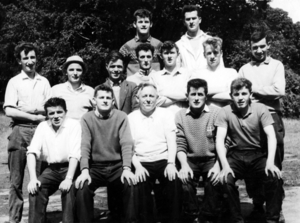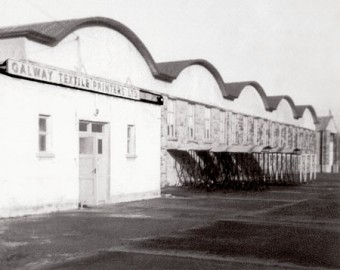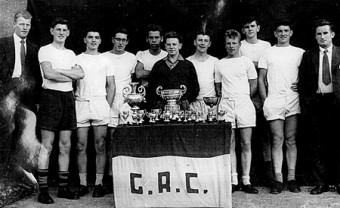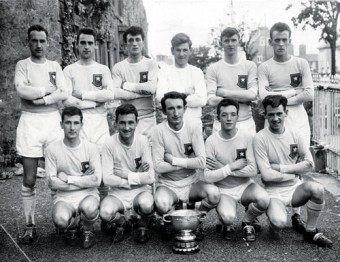Search Results for 'Peter Griffin'
7 results found.
Our Lady’s Boys Club, a brief history

When OLBC was founded in 1940, the Government provided no out of school education for young people. There was a great need for social and recreational facilities. Such activity was virtually non-existent in the working class areas of Bohermore, Shantalla, The Claddagh, and ‘The West’. The critical core of the club was (and is) its generic youth club which met (and still meets) several evenings a week. The primary aim in those days was to show the boys ways and means of securing their own destiny.
Wordhaus - words, writing, digital, and ideas
PETER GRIFFIN likes to say “Roadhouse” at random moments, but in the Bierhaus on Henry Street, on Wednesday January 15, the key word will be ‘Wordhaus’.
Ted from Scrubs @ comedy festival
THERE IS an episode of Family Guy where Peter Griffin is visiting the hospital and says excitedly “Will Scrubs be here?” One of the characters he may have in mind was Ted, played by Sam Lloyd.
When Michael D was vice president

For some reason the game of soccer seemed to be popular with Claddagh people. In the 1930s there were at least three teams representing the area. Claddagh Rangers were playing senior soccer, the equivalent of League of Ireland today, Old Claddonians were fielding teams, and by 1937, Galway Rovers were developing a youth team as well as a junior side. In their early days Rovers had no clubhouse, though the Old Malt pub could be described as a hangout, as could the Atlanta Hotel, whose owner Josie Owens had strong connections with the club.
Galway Textile Printers

Our photograph today, which is courtesy of Pat McPhilbin from Emmett Avenue in Mervue, shows a large factory building which was constructed by Sisk’s (with Jack Lillis in charge) on a site on Sandy Road in the early fifties. It was to house an industry called Galway Textile Printers which was known locally as ‘The Cotton Factory’, and even more colloquially as ‘The Cotton’. There already was a hat factory and a china factory here, but GTP was the first major industry to come to Galway and quickly became one of the biggest employers in the west of Ireland. Some of those who worked there were specialists who were brought in to help set the factory up, but most employees were local.
Galway Rowing Club, one hundred years

Competitive rowing had been taking place on the Corrib for many years when the Ancient Order of Hibernians decided to form a new club in 1910. They got local contractor Walter Flaherty (who had already built the Corrib Club) to build a wooden clubhouse on the site of the present Galway Rowing Club. It was tarred each year up to 1970 in order to preserve the wood, and so it became known as ‘the Blackening Box’. In that year also there was a dispute in Saint Patrick’s Rowing Club and a number of oarsmen left and joined the new club.
Our Lady’s Boys’ Club sixty ninth camp

The year 1940 was a time of great social change in Ireland, a time when the State gave no assistance to the out of school education of young people, a time of war, a time of poverty. Prospects were not great. Recreational activity for the young of working class areas such as Shantalla, Bohermore, Claddagh, and ‘The West’ was virtually non-existent. The need for a club to provide social and recreational facilities for these people was paramount.

